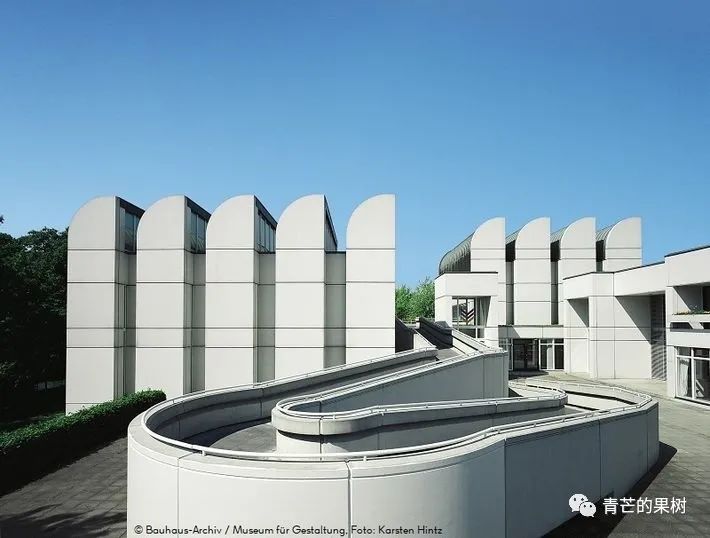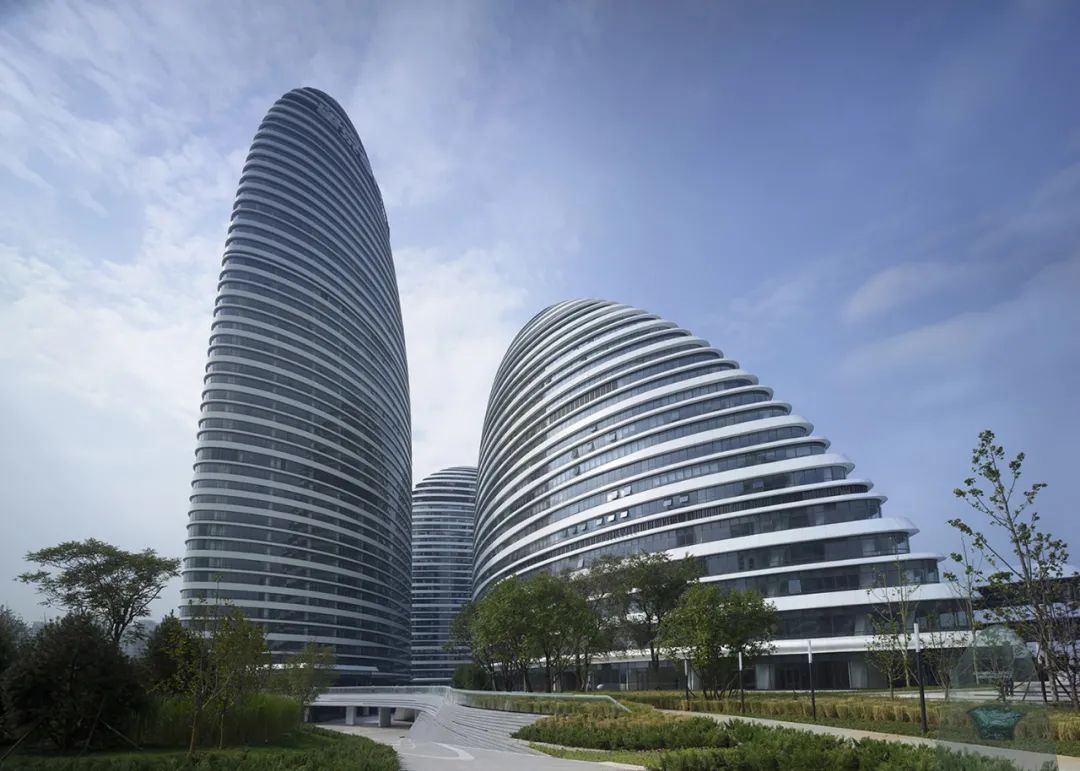The full text is 3152 words, which takes about 8 minutes to read
. 
“The ultimate goal of all visual arts is architecture.” — Walter Gropius the Bauhaus manifesto Berlin, Germany, has the most influential art and design movement in the 20th century — Bauhaus movement left behind by modern architecture, and a large number of architects and artists represented by Axel Shutes, the architect of “banddes bundes”
. 
Here, David Bowie once lived, and the “Berlin Wall” is like a standing silent sign, telling of the cultural collision in the opened historical picture
. 
[Music: ariosoforbrass, German musician: Johann Sebastian Bach, music duration: 3 minutes 41 seconds] 01 the architectural art of Berlin the stone buildings in the city of Berlin refer to the architectural features
. 
The buildings in Berlin are mainly classical, Renaissance, Gothic and Baroque
. 
Classical architectural style: 1
. 
Emphasis on the central axis, master-slave relationship symmetry
. 
The building needs a central hall as the main space of the building
. 
2
. 
Emphasis on columnar structure: there are five kinds of columnar structures, and their names are Tashkent, Doric, Ionian, Collins and mixed columnar structures
. 
Renaissance architectural style originated in Florence, Italy, advocating the revival of classical column proportion, semicircular arch and dome centered architectural form
. 
Gothic architectural style includes the use of pointed arch, rib vault and flying arch, and the representative building is Notre Dame
. 
Baroque architectural style: showing off wealth
. 
A large number of valuable materials are used, full of gorgeous decoration and bright colors
. 
Commonly used interspersed surface and oval space
. 
1
. 
Reichstag platzder Republik, Berlin official website: https://www.bundestag.de/ Reichstag, the German parliament building, embodies a variety of architectural styles of classical, Gothic, Renaissance and Baroque, which is the symbol of German unity
. 
In 1894, Paul Wallett designed the building in the style of the Italian Renaissance
. 
In 1945, it was completely bombed by the allies in the war
. 
The building was rebuilt in 1957-1971
. 
Later, the British architect Norman Foster revived it and installed a modern glass dome for it
. 
A close look at the building shows that the exterior facade of the building uses Roman Corinthian columns (pilasters) as the basic elements, and adopts the Baroque treatment method of comparative restraint (except the dome)
. 
2
. 
Marie Elisabeth L ü ders Haus, Stephan Braunfels, the agency building of bundesbundes, is beside the parliament building
. 
It is the famous bundesbundes: the German government office complex
. 
Bunddes bundes was planned by German architects Axel schultes and Charlotte Frank
. 
Photo source: visitberlin banddes bundes: – the “federal ribbon” 10557berlin, Germany official website: https://www.visitberlin.de/en/band-des-bundes02 Who is Axel schultes? German architect Axel schultes is known for his 1993 Berlin design competition with his work Spreebogen
. 
Der Spreebogen Axel schools image source: https://spree-bogen.de/ Image source: https://www.schultesfrank.de/en/portfolio_ Page / Spreebogen concept / after the fall of the Berlin Wall, with the recovery and development of the city of Berlin, Shutes and frank built the Bundeskanzleramt
.
In terms of architectural features, the building of the federal prime minister’s office is in the shape of “I”, with tall, dignified, simple and solid appearance
.
It is composed of a nine story middle main building and low rise long strip wings extending to both sides
.
The sign of the main building is a semicircle with a height of 18 meters at the top of the glass exterior wall
.
Some jokingly call it the “federal washing machine.”
.
The 12 meter high stone tablet with soft shape, like a column, forms a glass exterior wall structure, expressing the vision of mutual transmission inside and outside the building
.
(German chancellery) (Bundeskanzleramt) Charlotte frank, Axel schultes in addition, he also completed the construction of the government agency in Vienna, Austria in 2001, and also completed the commercial architecture work: Haus knauthe
.
[Click to enlarge the picture] [Click to enlarge the picture] hausknauthe uses: commercial office building Axel schultes architeken Frank schlteswitt Leipziger platz1010117berlin introduces hausknauthe in the official website of schultesfrank: “twostars, wrapped one in the other, twoelevators, rest and waiting rooms, avantry all that information to get together with everywayers, eightskills, aconference-allthatinaspaciousconceptofatyp icalfloor:-we neededthehelpofacylindrical-shapedcorridortopressforalittlelifelines, “Two groups of stairs are wrapped around each other, two groups of elevators are respectively placed in the open space and the rest room and food room
.
In this floor, there are six lawyers, eight secretaries, and a meeting room – a typical one floor
.
Our architects need to express the architectural sense of life and a little generosity through the cylindrical corridor.” German architecture designed by Axel Shutes is tall, dignified, simple and solid, such as Berlin tower, Berlin Potsdam square and Free University of Berlin
.
When it comes to German architecture, Bauhaus is impressive.
.



